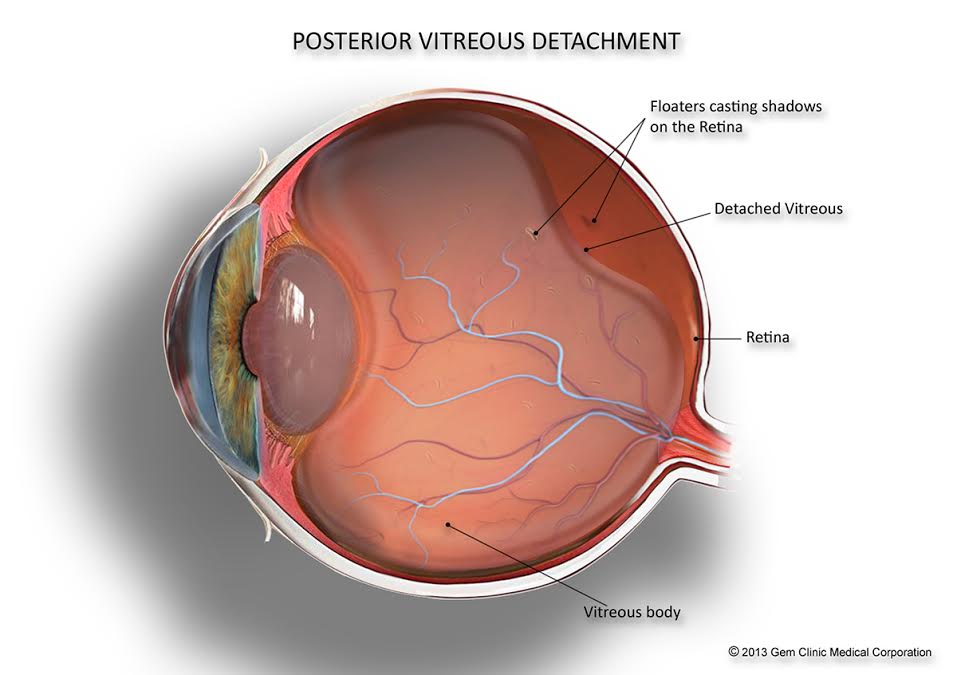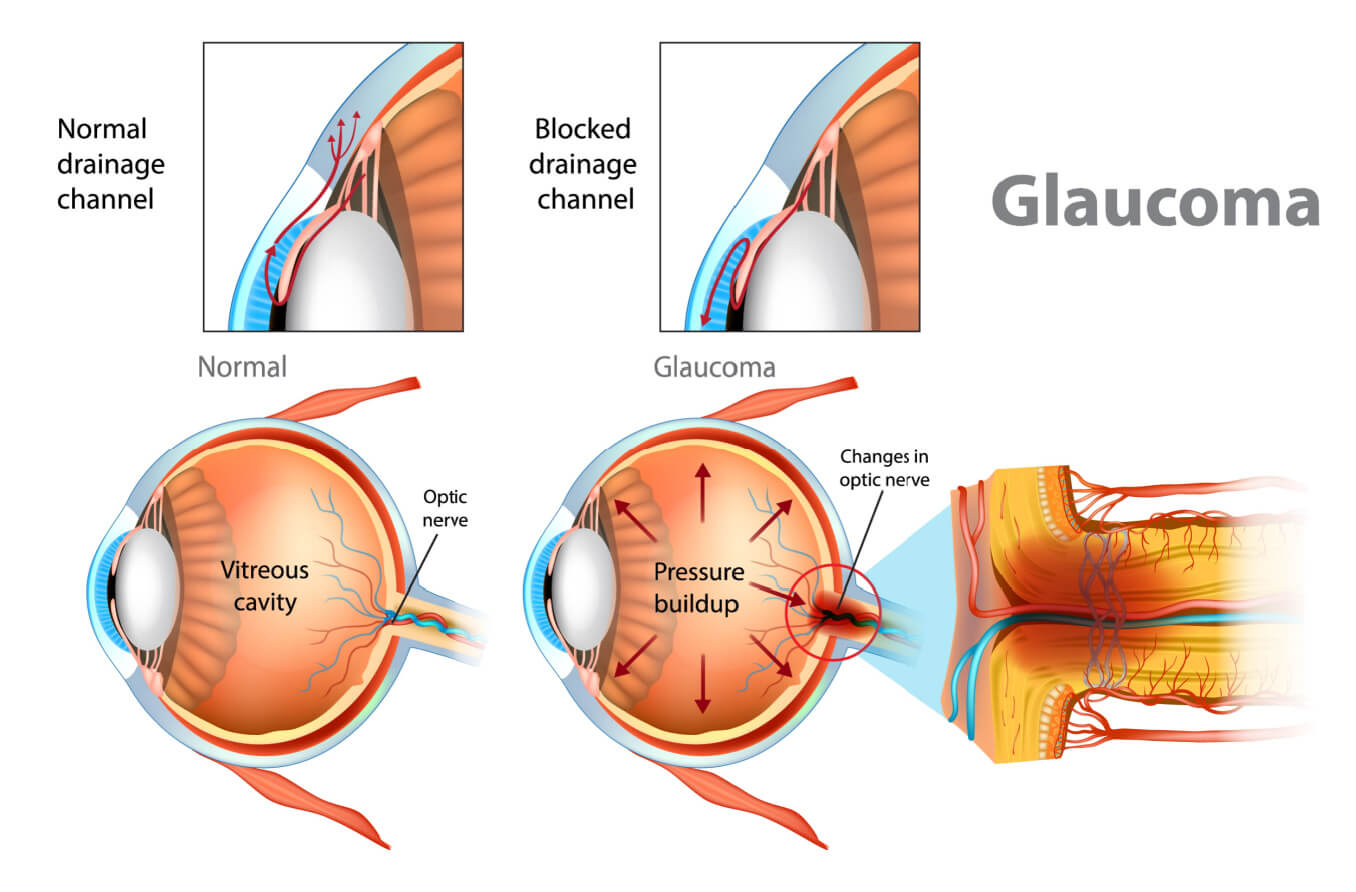Understanding the Various Vision Improvement Procedures Available for Clearer Sight
In the realm of vision modification procedures, a multitude of choices exist to attend to refractive mistakes and offer people with clearer sight. From the extensively recognized LASIK surgical treatment to much less invasive treatments like PRK and implantable lenses, the field of ophthalmology provides a variety of methods customized to fit various requirements and preferences. Each treatment comes with its very own collection of factors to consider, advantages, and potential risks. Recognizing the subtleties of these vision adjustment methods is essential for making informed choices regarding one's aesthetic wellness. Let's discover the ins and outs of these procedures and clarified the path to accomplishing boosted vision clarity.
LASIK Surgery
LASIK surgical procedure is an usual refractive procedure made use of to fix vision troubles such as nearsightedness, farsightedness, and astigmatism. This medical technique, which stands for Laser-Assisted in Situ Keratomileusis, intends to reshape the cornea to enhance exactly how light is concentrated on the retina, ultimately improving vision quality.
One of the key benefits of LASIK surgical treatment is the quick improvement in vision experienced by people. Numerous people notice a substantial enhancement in their vision instantly after the treatment. Furthermore, most individuals report minimal discomfort and discomfort throughout the surgery and recuperation duration. The recovery time for LASIK is relatively fast, with numerous people returning to their everyday activities within a day or more post-operation. In general, LASIK surgery is a popular selection for people seeking a lasting service for their vision troubles.
PRK Procedure
While additionally a common refractive treatment, the PRK (Photorefractive Keratectomy) technique varies from LASIK surgical treatment in its method to dealing with vision issues. In PRK, rather than producing a flap on the cornea, the outer layer of the cornea, called the epithelium, is entirely gotten rid of. This permits the laser to reshape the cornea to correct refractive mistakes such as farsightedness, astigmatism, and nearsightedness straight on the surface.

Despite the longer recovery time, PRK can generate outstanding cause vision renovation, making it a valuable choice for those that may not appropriate candidates for LASIK surgical treatment.
Implantable Lenses
As opposed to PRK where the cornea is improved straight, implantable lenses use one more method for dealing with vision by placing fabricated lenses inside the eye. This procedure is especially valuable for people with high degrees of nearsightedness, astigmatism, or farsightedness who might not appropriate prospects for laser surgical procedures like LASIK or PRK.
Implantable lenses, additionally referred to as phakic intraocular lenses, work by supplementing the eye's natural lens with a synthetic one. refractive surgeries in al. These lenses can be put before the all-natural lens (anterior chamber) or behind the iris and in front of the natural lens (posterior chamber) By readjusting the power and positioning of these lenses, eye doctors can effectively deal with refractive errors and improve aesthetic skill
One advantage of implantable lenses is that they are exchangeable and detachable, providing adaptability for future changes. As with any surgical treatment, there are risks entailed, such as infection or cataract development. Patients considering implantable lenses must speak with an eye care professional to determine one of the most ideal option based on their specific demands and eye health and wellness.
Corneal Rings
Corneal rings, also recognized as intracorneal ring segments, are tiny, transparent tools put into the cornea to deal with vision distortions such as keratoconus. Keratoconus is a condition where the cornea thins and protrudes outside, creating vision to become distorted. The insertion of corneal rings aids to flatten the cornea, boosting visual acuity and reducing the irregular astigmatism brought on by keratoconus.
The procedure for placing over here corneal rings is minimally invasive and fairly fast, usually done as an outpatient procedure. During the surgical procedure, the ophthalmologist makes a small laceration in the cornea and inserts the rings at a certain depth. As soon as in place, the rings aid to improve the cornea, offering a smoother surface for light to get in the eye, which can cause clearer vision.
Corneal rings are considered a relatively easy to fix treatment, as they can be eliminated or changed if required. eyecare near me. While they might not completely remove the requirement for glasses or contact lenses, corneal rings can substantially enhance vision high quality and overall visual convenience for individuals with keratoconus or various other corneal irregularities
Refractive Lens Exchange
Adhering to the correction of corneal irregularities with procedures like corneal rings, one more vision adjustment technique that can resolve refractive errors is Refractive Lens Exchange (RLE) RLE is an operation that includes changing the eye's natural lens with an artificial intraocular lens (IOL) to deal with refractive mistakes such as presbyopia, farsightedness, and nearsightedness. This treatment is specifically valuable for individuals who may not be suitable candidates for treatments like LASIK or PRK due to elements such as thin corneas or high refractive errors.

Verdict
In verdict, there are various vision improvement procedures offered to assist people achieve clearer sight. LASIK surgery, PRK procedure, implantable lenses, corneal rings, and refractive lens exchange are all alternatives that can resolve different vision problems. It is very important for people to talk to their eye care supplier to establish one of the most ideal procedure based on their particular requirements and choices. With advancements in innovation, attaining improved vision is now a lot more accessible than ever in the past.
In the realm article source of vision improvement procedures, a multitude of options exist to attend to refractive mistakes and supply people with more clear sight.LASIK surgery is a typical refractive procedure used to deal with vision troubles such as farsightedness, nearsightedness, next and astigmatism.While likewise a common refractive treatment, the PRK (Photorefractive Keratectomy) strategy differs from LASIK surgical treatment in its method to remedying vision troubles.Following the correction of corneal abnormalities with procedures like corneal rings, another vision improvement method that can address refractive mistakes is Refractive Lens Exchange (RLE) LASIK surgical procedure, PRK procedure, implantable lenses, corneal rings, and refractive lens exchange are all options that can resolve different vision issues.